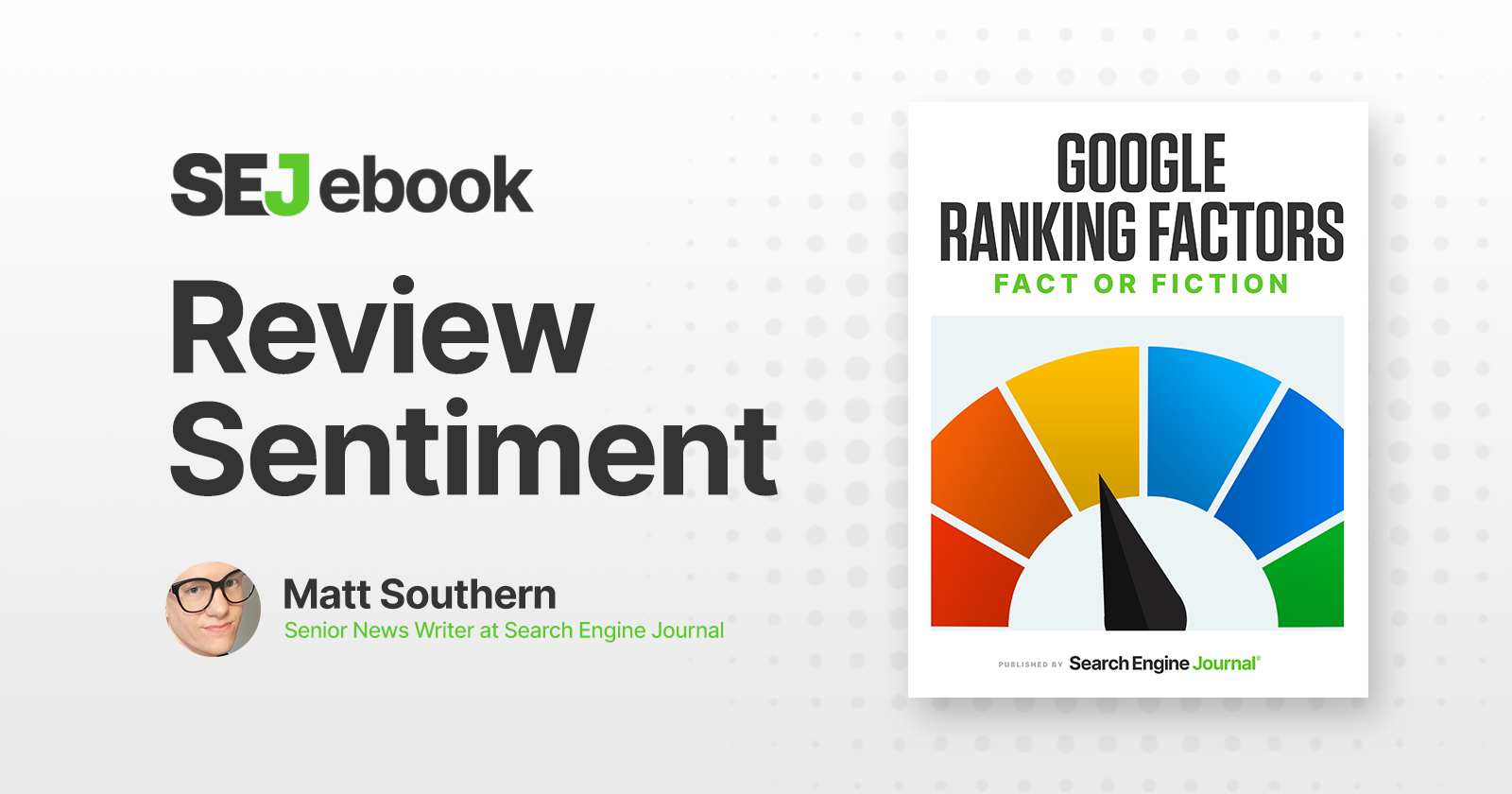19 Key Market Research Statistics
Market research is a growing multi-billion-dollar industry. Brands leverage market research insights to introduce customer-focused offerings and improve their experiences. From mobile-first surveys to social media analytics, researchers have access to a growing toolkit helping companies make data-driven business...

Market research is a growing multi-billion-dollar industry.
Brands leverage market research insights to introduce customer-focused offerings and improve their experiences.
From mobile-first surveys to social media analytics, researchers have access to a growing toolkit helping companies make data-driven business decisions.
Here’s a breakdown of what you’ll find on this page:
Market Research Industry Statistics Market Research Methods Statistics AI in Market Research StatisticsMarket Research Statistics (Highlights)
The global market research industry is forecasted to bring in $140 billion in revenue in 2024. Online/mobile quantitative research services accounted for 35% of worldwide revenues of market research companies. Around 47% of researchers worldwide state that they use AI regularly in their market research activities. Online surveys rank as the most used quantitative method among market research professionals with 85% of respondents who say they use this method regularly. Online in-depth interviews with webcams rank as the most used qualitative research method, with over one-third (34%) of researchers using it regularly.1. Market Research Industry Statistics
This section presents key statistics to show market research industry revenues, leading players in the industry and revenue breakdown by market research services.
2. Market Research Methods Statistics
There’s a growing number of market research methods from traditional surveys to eye tracking available to market research professionals. In this section, we’ll cover recent stats on most used market research methods.
According to a survey, 87% of market researchers worldwide state that at least half of their qualitative research is carried out remotely or online – Qualtrics
| Asia-Pacific and Japan | 84% |
| Europe, Middle East and Africa | 85% |
| Latin America | 90% |
| North America | 87% |
| Online surveys | 85% |
| Mobile surveys | 47% |
| Proprietary panels | 32% |
| Online communities | 26% |
| CATI | 13% |
| Face-to-face | 12% |
| CAPI | 10% |
| Automated measures/people meters | 7% |
| 4% | |
| IVR | 4% |
| Neuroscience measurements | 4% |
| Biometrics | 3% |
| Other quantitative techniques | 16% |
| Online IDis with webcams | 34% |
| Online focus groups with webcams | 28% |
| Online communities | 28% |
| Mobile | 20% |
| In person IDIs | 16% |
| In person focus groups | 14% |
| Telephone IDIs | 13% |
| Bulletin board studies | 11% |
| In-store/shopping observations | 11% |
| Chat (text-based) online focus groups | 10% |
| Other qualitative methods | 10% |
| Chat (text-based) online IDIs | 7% |
| Monitoring blogs | 7% |
| Automated interviewing via AI systems | 5% |
| Telephone focus groups | 3% |
| CRM Systems/Customer Satisfaction | 16.4% |
| Market measurement | 15% |
| User experience | 12.4% |
| Usage and behavioral studies | 11% |
| (Media) Audience research | 10.3% |
| New product/service development | 9.3% |
| Opinion survey/polling | 5% |
| Omnibus/cost-sharing surveys | 5% |
| Advertising/brand tracking | 4.6% |
| Employee satisfaction | 2.5% |
| Ad pre-test | 1.9% |
| Business-to-business research | 1.8% |
| Market modeling | 1.4% |
| Non-profit research | 0.9% |
| Mystery Shopping | 0.5% |
| Other | 1.9% |

| Q4 2020 | 52.0% | 44.7% |
| Q1 2021 | 52.1% | 44.7% |
| Q2 2021 | 53.0% | 43.8% |
| Q3 2021 | 56.2% | 41.1% |
| Q4 2021 | 55.3% | 41.6% |
| Q1 2022 | 55.0% | 41.5% |
| Q2 2022 | 56.1% | 40.6% |
| Q3 2022 | 58.2% | 38.7% |
| Q4 2022 | 56.9% | 39.9% |
| Q1 2023 | 54.7% | 40.4% |
| Q2 2023 | 55.1% | 40.3% |
| Q3 2023 | 57.2% | 38.6% |
| Q4 2020 | 39.7% | 55.7% |
| Q1 2021 | 40.7% | 54.9% |
| Q2 2021 | 39.7% | 56.0% |
| Q3 2021 | 41.8% | 54.5% |
| Q4 2021 | 41.8% | 53.5% |
| Q1 2022 | 42.0% | 52.9% |
| Q2 2022 | 43.4% | 51.8% |
| Q3 2022 | 44.7% | 51.3% |
| Q4 2022 | 43.9% | 51.4% |
| Q1 2023 | 43.7% | 50.2% |
| Q2 2023 | 45.1% | 49.7% |
| Q3 2023 | 47.6% | 48.2% |
| 2010 | 12.1 |
| 2011 | 12.0 |
| 2012 | 11.8 |
| 2013 | 11.5 |
| 2014 | 11.5 |
| 2015 | 13.0 |
| 2016 | 13.1 |
| 2017 | 13.2 |
| 2018 | 12.2 |
| 2019 | 11.8 |
| 2020 | 10.2 |
| 2021 | 10.5 |
| 2022 | 10.7 |
| 2023 | 11.0 |

| 1 or fewer | 7% |
| >1 to 2 | 14% |
| >2 to 3 | 13% |
| >3 to 4 | 11% |
| >4 to 5 | 9% |
| >5 to 6 | 7% |
| >6 to 7 | 6% |
| >7 to 8 | 5% |
| >8 to 9 | 4% |
| >9 to 10 | 5% |
| More than 10 | 18% |
3. AI in Market Research Statistics
AI is disrupting nearly every industry and job function. Market research is no exception and there are various AI use cases to apply in the everyday work of market researchers. We’ll explore the latest stats on AI adoption rate among market researchers in this section.
Around 47% of researchers worldwide claim that they use AI regularly in their market research activities – Qualtrics The share of AI adopters among researchers varies depending on the region, with the highest usage in Asia-Pacific & Japan (58%) and the lowest in North America (39%) – Qualtrics
The share of AI adopters among researchers varies depending on the region, with the highest usage in Asia-Pacific & Japan (58%) and the lowest in North America (39%) – Qualtrics
| Asia-Pacific and Japan | 58% |
| Europe, Middle East and Africa | 51% |
| Latin America | 51% |
| North America | 39% |
Conclusion
That’s it for my list of market research statistics.
While market research has been around for a while, it has been undergoing constant transformation. It will be interesting to see how AI impacts market research projects.
We update this list of statistics from time to time so feel free to check it later for new insights.

 FrankLin
FrankLin 








![How to Do an SEO Log File Analysis [Template Included]](https://ahrefs.com/blog/wp-content/uploads/2022/04/fb-log_file_analysis.png)






















